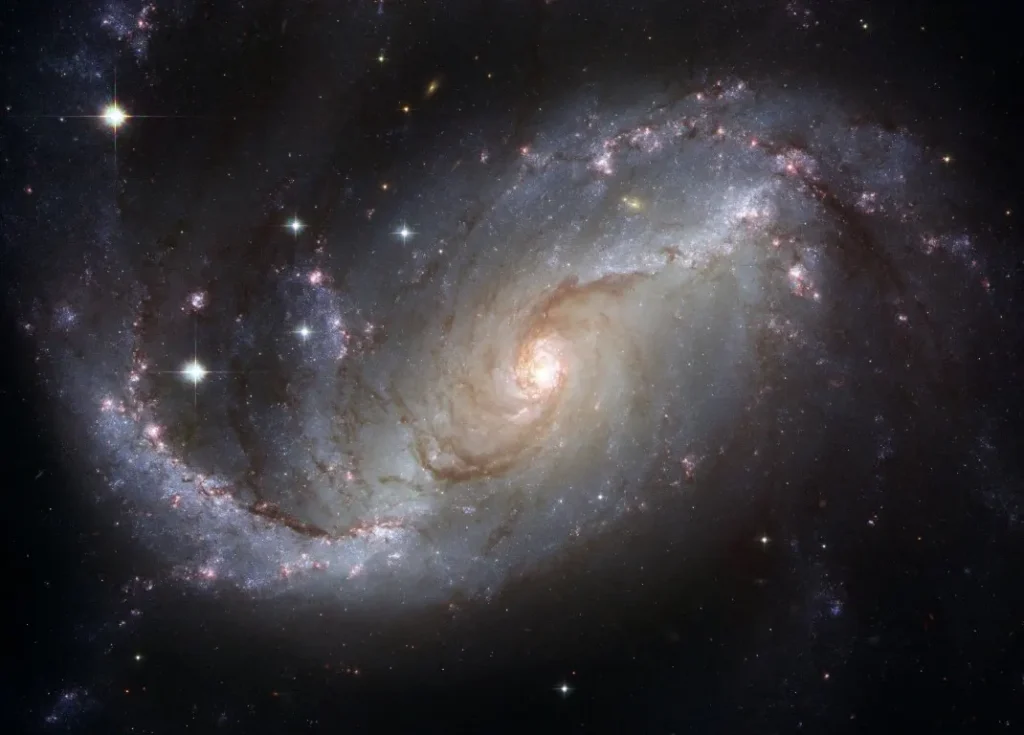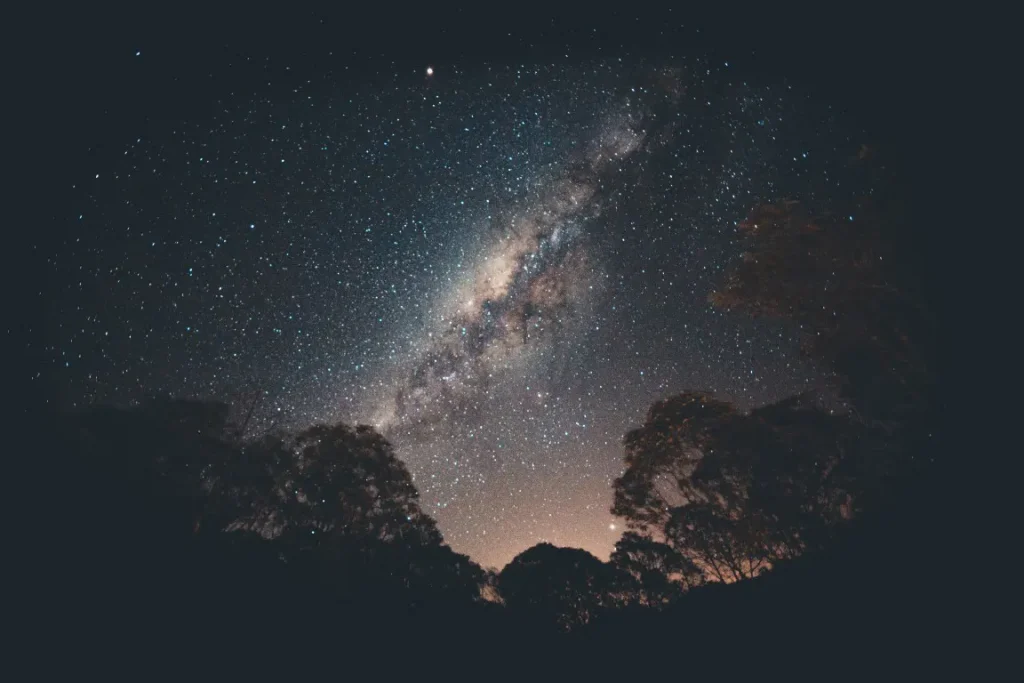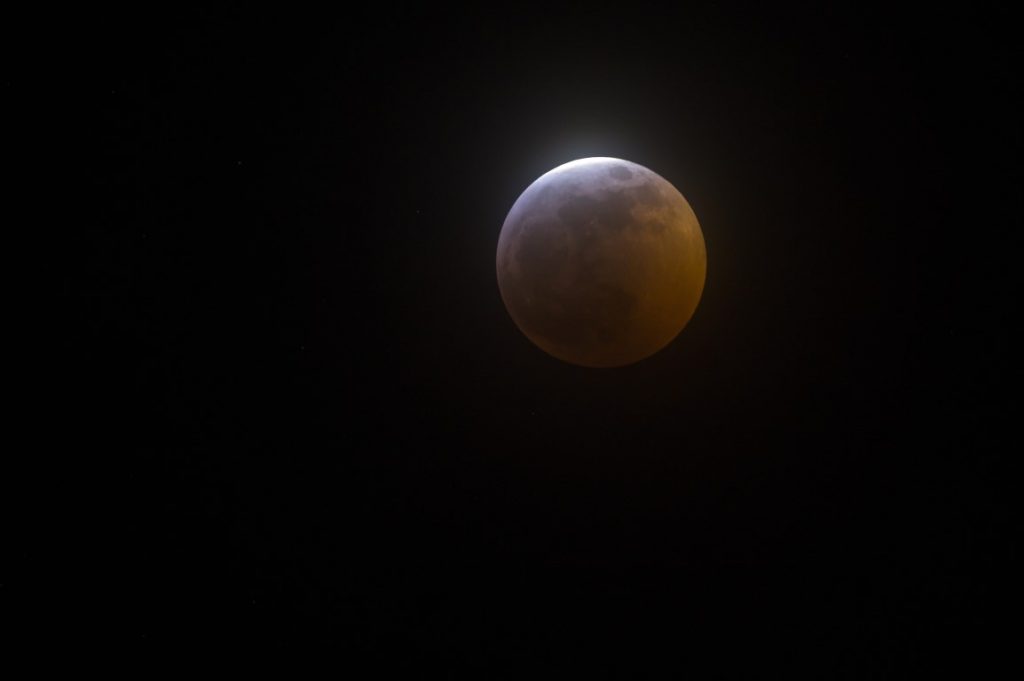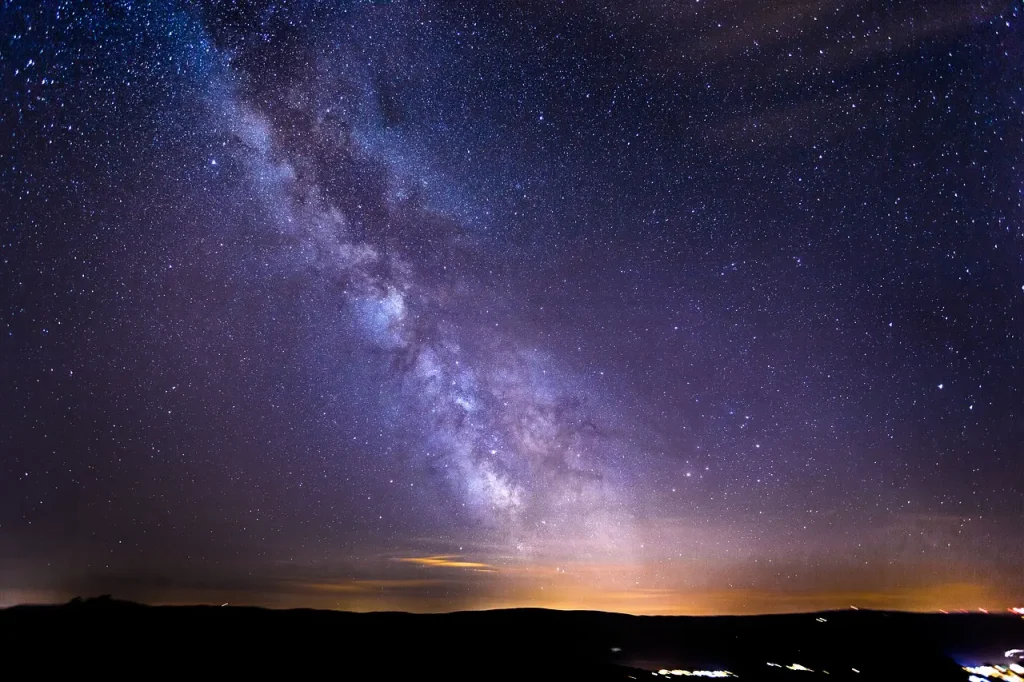
This comprehensive guide dives deep into the “Rule of 500” – an essential principle in astrophotography that helps photographers avoid visible star trails in their night sky images.
I’ll discuss the science behind star movement, why and how the Rule of 500 is implemented, and its application for full-frame and crop sensor cameras.
Additionally, I’ll introduce you to the more advanced “NPF Rule” for enhanced precision in your astrophotography endeavors. Begin your journey towards mastering the stars, one shot at a time.
What is the Rule of 500 in Astrophotography
The Rule of 500 is a simple, yet powerful mathematical formula used in astrophotography to capture crisp, pinpoint stars without visible star trails.
This rule states that the maximum shutter speed for capturing stars as fixed points is roughly 500 divided by the effective focal length of your lens.

For instance, if you’re using a 24mm lens on a full-frame camera, the maximum exposure time before stars begin to trail is approximately 21 seconds (500/24 ≈ 21).
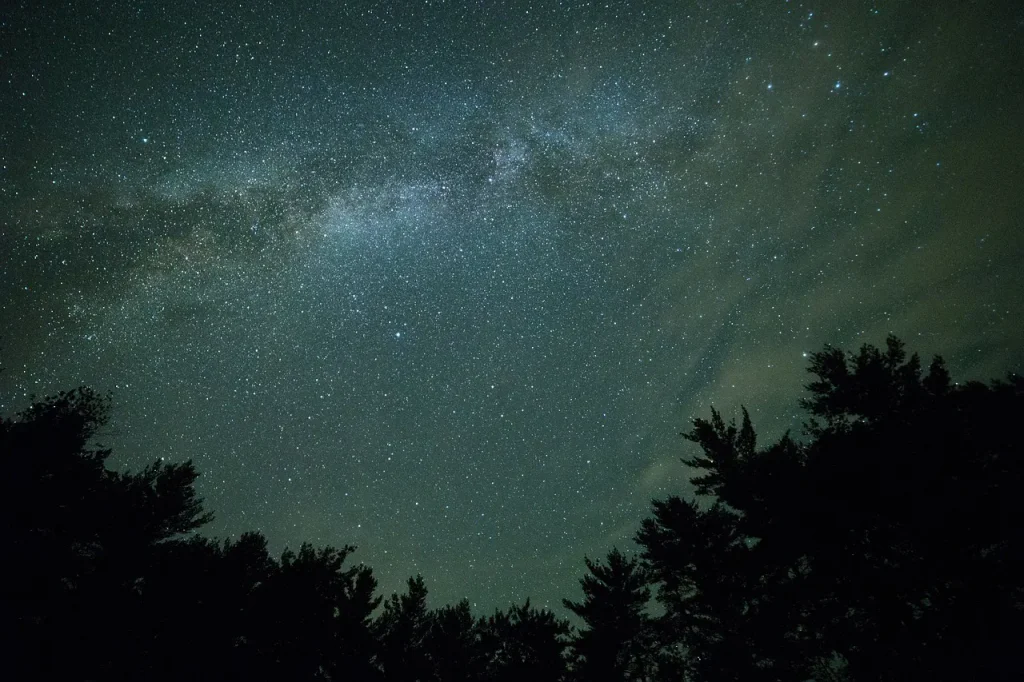
Although not flawless, the Rule of 500 provides a reliable starting point for beginners and professionals alike to achieve stunning night sky imagery.
The beauty of astrophotography lies in its ability to depict the night sky with incredible clarity and precision.
While star trails can create mesmerizing images, they often aren’t the desired outcome for astrophotographers aiming to capture sharp, detailed shots of individual stars, constellations, or celestial bodies.
The earth’s rotation, although imperceptible to the naked eye, causes stars to appear as if they’re moving, resulting in elongated star trails during long exposures.
Therefore, understanding and implementing techniques to avoid star trails, such as the Rule of 500, are paramount to achieving clear, well-defined celestial photographs.
This rule can be also used when photographing the Milky way with a wide-angle camera lens.
Whether you consider the 500 rule to be an outdated technique (after all, it was designed for 35mm film grain), or you’ve personally had great success with it, I had to cover this controversial topic on a website that revolves around astrophotography.
I believe that the 500 Rule is still very relevant for today’s digital cameras, as long as you treat the guidelines as a rough approximation, not gospel.
Whether you consider the 500 Rule to be an outdated technique, I believe that the 500 Rule is still very relevant for today’s digital cameras.
Let’s find out why I say that
The Science Behind Star Movement and the Rule of 500
Star Movement Calculation: An Essential Skill in Astrophotography
Astrophotography requires a deep understanding of the night sky’s dynamics, specifically star movement, to capture detailed and accurate images.
Our Earth’s rotation gives the illusion of stars moving across the night sky, which becomes more pronounced in long-exposure photography. The precise calculation of star movement plays a critical role in determining the appropriate exposure times.
To do this, astrophotographers must understand the rate of star movement, which is approximately 0.25 degrees per minute due to the Earth’s rotation.
This knowledge is vital in determining how long an exposure can be before stars start to trail.
How the Rule of 500 Helps in Precise Star Movement Calculation
The Rule of 500 is a practical solution to the challenge of calculating star movement for astrophotography.
It simplifies complex astrophysics into a straightforward formula: 500 divided by your lens’ effective focal length. This calculation results in the maximum exposure time (in seconds) before noticeable star trailing occurs.
For example, if you’re using a 25mm lens, you would divide 500 by 25, resulting in 20 seconds. This means you should set your exposure time to 20 seconds or less to avoid star trailing.
This rule doesn’t guarantee completely motionless stars, but it provides a handy starting point for exposure times to minimize star movement in your images.
The Rule of 500 thus offers a useful tool for astrophotographers looking to balance exposure times with the goal of capturing crisp images of stars and celestial objects.
Why Photographers use the 500 Rule
The Rule of 500 is a simple, yet effective mathematical formula that many astrophotographers rely on for a variety of reasons.
Its popularity stems from the versatility it brings in capturing starry skies without the need for complex computations or astrophysics knowledge.
Ease of Use: One of the main reasons photographers use the Rule of 500 is its simplicity. It provides a straightforward way to calculate the optimal exposure time to prevent star trails.
This user-friendly formula helps photographers, especially those new to the field, to quickly and efficiently set up their shots.
Consistency: Using the Rule of 500 allows for a consistency across different shooting conditions.
This means that photographers can achieve consistent results regardless of the focal length of their lens or the rotation speed of the Earth.
Versatility: The Rule of 500 applies to a variety of camera types and lenses, providing versatility to photographers with diverse equipment sets.
Whether you’re using a wide-angle or a telephoto lens, the Rule of 500 can help determine the correct exposure time.
Reliability: Though not 100% accurate for every situation, the Rule of 500 is reliable enough for most astrophotography purposes.
It provides a good approximation for exposure times that prevent star trails, making it a trusted tool among photographers.
It’s worth noting that while the Rule of 500 is a fantastic starting point, advanced astrophotographers may prefer other methods that can account for variations in celestial movement and camera sensor sizes.
Despite this, the Rule of 500 remains a cornerstone in the field, helping countless photographers capture the beauty of the night sky effectively.
The following video gives you more idea about how to setting perfect astrophotography exposure time using the 500 rule.
How it Works
Understanding the mechanics of the Rule of 500 in astrophotography involves a simple mathematical formula and an appreciation for the various elements of your camera setup.
The Rule of 500 is a helpful tool that assists photographers in calculating the ideal shutter speed for night sky photography to prevent star trailing.
The formula is as follows:
SS = 500 / (CF x FL )
In this equation:
- SS: stands for the shutter speed expressed in seconds
- CF: is the crop factor of your camera’s sensor
- FL: refers to the focal length of the lens in millimeters
So, the Ideal Shutter Speed is calculated as:
500 / (Crop-Factor x Focal Length) = Ideal Shutter Speed
Let’s use a practical example with my Sony A7 II camera (which has a Full Frame sensor) and a 50mm F/1.8 camera lens:
500 / (1 Crop-Factor x 50 focal length of my lens) = 10-seconds
This result suggests that, with this camera and lens combination on a stationary tripod, exposures should be limited to 10-seconds each to avoid star trailing. To collect more light in this short exposure, the lens f-stop could be set to F/2.8 with an ISO setting of 3200.
Depending on the type of camera, different crop-factor values will be applied:
- 1 X – Full frame cameras
- 1.5 (1.6) X – Nikon (Canon) APS-C cameras
- 2 X- Micro 4/3 cameras
- 2.7 X and higher – Compact cameras with a one-inch type sensor (or smaller)
Interestingly, the number “500” in this formula does not carry a specific scientific meaning. It is simply a value that astrophotographers have found to yield the best results for these types of photos.
While the Rule of 500 is not an exact science, it provides a solid point of reference for determining the length of exposure time suitable for your specific camera system.
By applying this rule, even beginners can capture stunning images of the night sky, like the one shown below.
The 500 rule for Full Frame Cameras and Crop Sensor Cameras
The 500 rule for Full Frame Cameras
Full-frame cameras are unique in their application of the Rule of 500. They provide a simplified calculation, eliminating the need to account for a crop factor since its value is 1.
This simplicity makes full-frame cameras a favorite among astrophotographers. However, it’s worth noting that you might need to reduce exposure time a bit to achieve optimal results.
With a full-frame camera, the formula is:
500 / Focal Length = Ideal Shutter Speed
There is no need to multiply the focal length by a crop factor, making the calculation straightforward. For instance, if you’re using a Canon EOS 5D Mark II with a 30mm lens, the formula would be:
500 / 30 = 16.6 seconds
This calculation indicates that stars would appear mostly stationary in a 16-second exposure.
However, factors like camera shake and atmospheric conditions could still influence the outcome, so a slightly shorter exposure might be beneficial.
To collect more light in this short exposure time, consider using a higher ISO setting, like ISO 1600 or more.
Although this could introduce more noise, using techniques such as image stacking can help reduce it afterward.
Investing in a versatile lens for astrophotography could also enhance your photography experience.
The choice of lens can significantly influence the final result, offering different perspectives and levels of detail in your starry sky images.
The 500 rule for Crop Sensor Cameras
Unlike full-frame cameras, crop sensor cameras necessitate an additional calculation when applying the Rule of 500 due to the crop factor. This factor, which varies depending on the camera’s manufacturer, affects the effective focal length and thereby the optimal shutter speed for astrophotography.
The Rule of 500 for crop sensor cameras is calculated as follows:
500 / (Crop Factor * Focal Length) = Ideal Shutter Speed
The crop factor takes into account the smaller sensor size, effectively extending the focal length of your lens. Nikon APS-C cameras, for example, have a crop factor of 1.5, while Canon APS-C cameras have a crop factor of 1.6. For Micro 4/3 cameras, this factor rises to 2.
Suppose you’re using a Nikon APS-C camera with a 20mm lens. Your calculation would be:
500 / (1.5 * 20) = 16.6 seconds
This means that with this camera and lens combination, a shutter speed of around 16.6 seconds would be ideal to avoid star trails.
However, as with full-frame cameras, it’s worth considering a slightly shorter exposure time to account for potential camera shake and atmospheric turbulence.
To compensate for the shorter exposure, you can increase the ISO, use a lens with a larger maximum aperture, or use image stacking to reduce noise and increase image detail.
Each of these tactics will assist you in capturing stunning star-filled landscapes with a crop sensor camera.
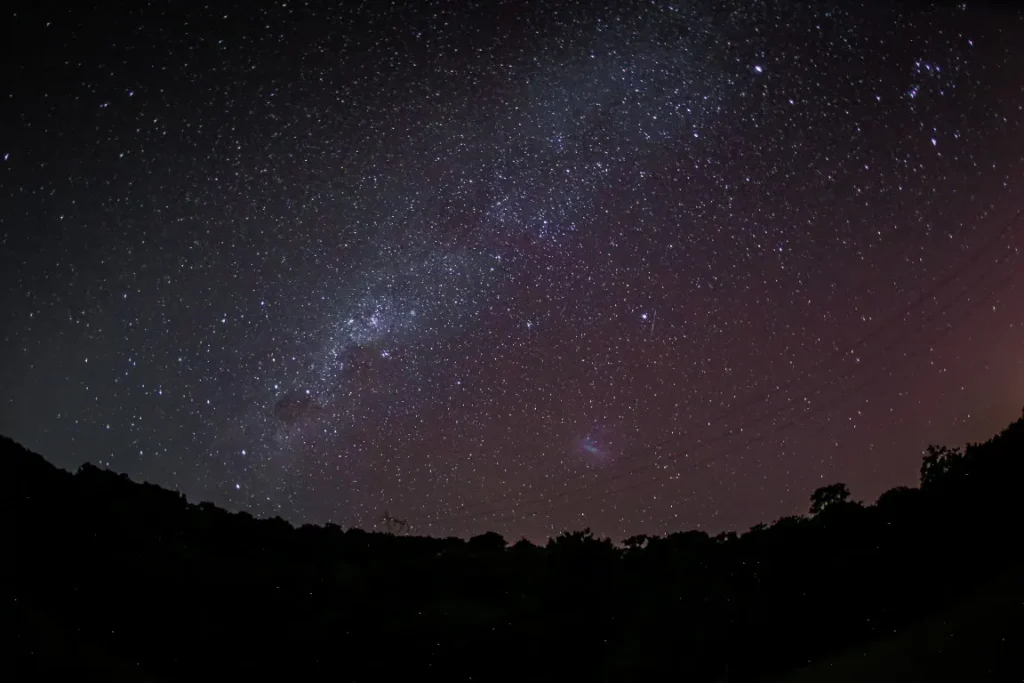
By the way, if you want to know about optimal exposure time in astrophotography I have already provided an article on Astrophotography optimal exposure time
NPF Rule Astrophotography
While the Rule of 500 has been a reliable tool for many astrophotographers, some photographers prefer using the more recent “NPF Rule” for determining the maximum exposure time before stars start to trail.
The NPF Rule is an advanced version of the 500 Rule and is considered more accurate because it takes into account not just the focal length, but also the camera’s pixel size and aperture.
The NPF rule is named after the French astrophotographers Frédéric Noyelles, Luc Perichon and Franck Seguin who developed it.
Here’s how the NPF Rule works:
The Formula
t = (35 * A + 30 * ε) / (f * cos z)
In this equation:
- t represents the maximum exposure time in seconds
- A is the aperture of your lens (f-number)
- ε refers to the pixel pitch, or the distance from the center of one pixel to the center of the next, expressed in micrometers (μm). This value can be found in your camera’s specifications.
- f is the focal length of the lens
- z is the zenith distance of the object being photographed, that is the angle between the direction of the object and the direction of the zenith (the point in the sky directly above the observer). In other words, z is the angle of the star’s position above the horizon.
Importance of the NPF Rule
The NPF Rule is particularly useful when using modern digital cameras with high-resolution sensors, where star trails become visible much quicker due to the small pixel size.
It also takes into account the aperture of the lens, which the Rule of 500 does not.
Using the NPF rule can give astrophotographers a more accurate way to calculate the maximum exposure time, especially for those who aim to achieve the highest possible image quality.
The NPF Rule, like the Rule of 500, is not an absolute rule but rather a guideline.
The exact point at which star trails become visible can vary based on factors such as the individual observer’s vision, the viewing conditions, and the processing applied to the image.
You can know more about star trails photography using my already-written article on Long Exposure Star Trail Photography
Therefore, astrophotographers should use this rule as a starting point and adjust based on their experience and desired outcomes.
For those who find the calculations a bit too complex, there are online calculators and mobile apps available that can calculate the NPF rule for you based on your specific camera and lens specifications.
This can help you quickly and accurately determine the maximum exposure time for your astrophotography sessions.
Conclusion
Astrophotography is a blend of art and science, requiring both an eye for beauty and an understanding of the principles behind star movement.
The Rule of 500 is a fundamental tool, providing a simple and effective way to calculate ideal exposure times to avoid star trails. However, it’s not infallible and might not suit high-resolution digital cameras.
The NPF Rule, which factors in the camera’s pixel size and aperture, offers a more precise guideline, albeit more complex. Mastering these principles can greatly enhance your astrophotography, opening up new dimensions of celestial beauty for you to capture and share.
Justin Parker is a professional photographer and has been in the industry since 2007. He attended the University of Georgia. Justin combines his passion for photography and his interest in writing to give life to this blog which talks about photography in order to help and inspire young photographers.

